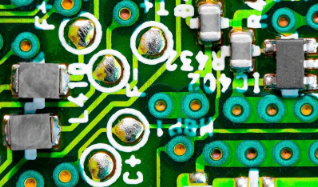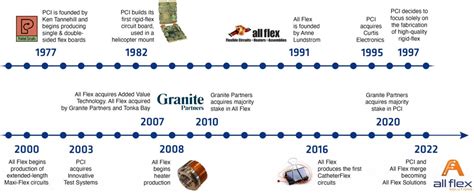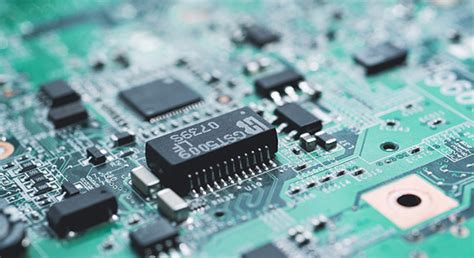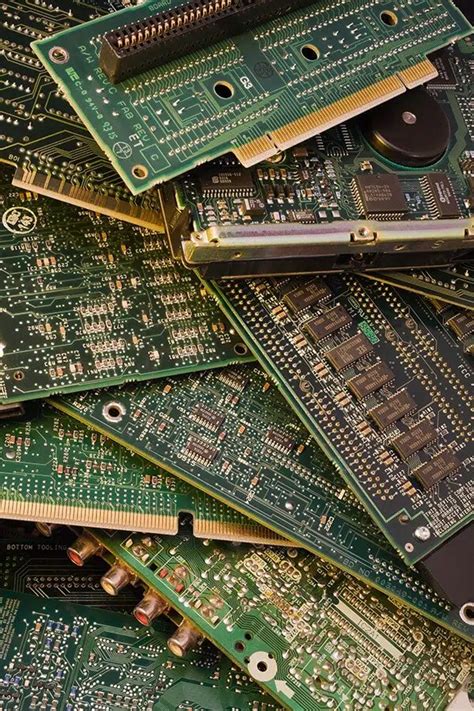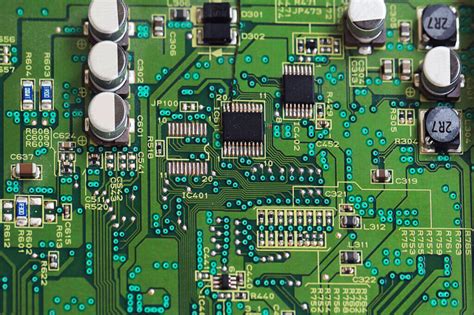The Best Solder for PCB: A Comprehensive Guide
Introduction to PCB Soldering
Printed Circuit Board (PCB) soldering is a fundamental skill in electronics manufacturing and repair. The quality of your solder joints can make the difference between a reliable, long-lasting electronic device and one that fails prematurely. Choosing the best solder for your PCB work involves understanding several factors including composition, diameter, flux type, and melting temperature.
Soldering serves two primary purposes in PCB assembly: it creates both an electrical connection and a mechanical bond between components and the board. With the wide variety of solder options available today, selecting the most appropriate one for your specific application can significantly impact your work’s quality and efficiency.
Understanding Solder Composition
Lead-Based Solder (SnPb)
Traditionally, the most common solder alloy has been tin-lead (SnPb), typically in a 60/40 or 63/37 ratio. The 63/37 blend is a eutectic alloy, meaning it has a single melting point (183°C/361°F) rather than a plastic range between solidus and liquidus temperatures. This characteristic makes it particularly desirable for PCB work as it solidifies almost immediately upon cooling.
Advantages of lead-based solder:
- Excellent wetting properties
- Reliable joints with good mechanical strength
- Lower melting point than lead-free alternatives
- Easier to work with, especially for beginners
- More forgiving of imperfect technique
Disadvantages:
- Lead is toxic and poses health risks
- Not RoHS compliant (banned in commercial electronics in many countries)
- Increasingly difficult to source in some regions
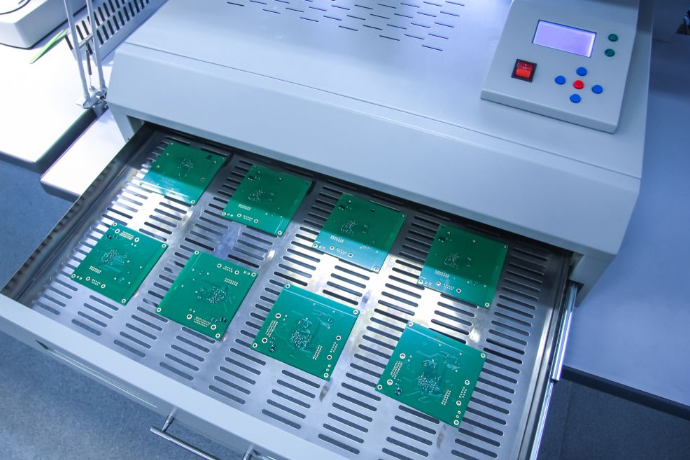
Lead-Free Solder
With the implementation of the Restriction of Hazardous Substances (RoHS) directive in 2006, lead-free solders became the standard for commercial electronics. Common lead-free alloys include:
- SAC305 (Sn96.5Ag3.0Cu0.5)
- Most popular lead-free alternative
- Melting range of 217-220°C (423-428°F)
- Good mechanical properties
- Higher cost due to silver content
- SnCu (Tin-Copper)
- Lower cost than SAC alloys
- Higher melting point (227°C/441°F)
- Less optimal wetting compared to SAC
- Often used for wave soldering
- SnAg (Tin-Silver)
- Better fatigue resistance than SAC
- Higher cost
- Used in specialized applications
Advantages of lead-free solder:
- RoHS compliant
- Environmentally friendly
- Accepted for commercial products worldwide
Disadvantages:
- Higher melting temperatures require more heat
- Potentially poorer wetting characteristics
- Can be more difficult to work with
- Joints may appear duller
Flux Considerations
The flux core is arguably as important as the solder alloy itself. Flux serves several critical functions:
- Removes oxides from metal surfaces
- Promotes wetting and flow of the solder
- Protects the joint from oxidation during heating
Flux Types
- Rosin Flux (R, RMA, RA)
- Traditional flux made from pine tree resin
- R (Rosin) – mildest, leaves least residue
- RMA (Rosin Mildly Activated) – moderate activity
- RA (Rosin Activated) – most aggressive, requires cleaning
- No-Clean Flux
- Designed to leave minimal, non-conductive residue
- Eliminates need for cleaning in many applications
- Popular for rework and prototyping
- Water-Soluble Flux
- Very active, excellent for difficult-to-solder metals
- Requires thorough cleaning after use
- Can be corrosive if left on board
For most PCB work, a no-clean flux core solder is ideal as it balances performance with convenience. For critical applications or when conformal coating will be applied, you may need to clean even no-clean flux residues.
Solder Wire Diameter Selection
Choosing the right diameter solder wire improves work quality and efficiency:
- 0.015″-0.020″ (0.4-0.5mm): Fine pitch SMD work, small components
- 0.031″ (0.8mm): General purpose through-hole and SMD
- 0.062″ (1.6mm): Larger through-hole components, ground planes
- 0.093″ (2.4mm) and larger: High-volume soldering, large connections
Having multiple diameters on hand allows you to match the solder size to the joint size, improving control and reducing waste.
Specialty Solders
Low-Temperature Solders
For heat-sensitive components or boards, consider:
- Sn42/Bi58: Melts at 138°C (280°F)
- Sn43/Pb43/Bi14: Melts at 163°C (325°F)
These can prevent thermal damage but typically create weaker joints.
High-Reliability Solders
For critical applications like aerospace or medical devices:
- Sn96/Ag4: Higher silver content improves fatigue resistance
- Sn95/Sb5: Good thermal fatigue properties
Silver-Bearing Solder
Adding 2-4% silver improves:
- Joint strength
- Thermal fatigue resistance
- Wetting on silver-plated surfaces
Soldering Techniques and Their Impact on Solder Choice
Hand Soldering
For manual PCB work:
- Smaller diameter wire (0.020″-0.031″)
- Rosin or no-clean flux core
- 63/37 SnPb (for non-RoHS) or SAC305 (lead-free)
Rework and Rework Stations
- Fine diameter (0.015″-0.020″)
- No-clean flux preferred
- Consider low-temperature alloys for delicate components
Wave Soldering
- Typically uses bar solder or large diameter wire
- High-activity fluxes often required
- SnCu alloys common for lead-free process
Solder Paste for SMD
- Powdered solder suspended in flux
- Alloy choice depends on reflow profile
- Particle size matched to stencil aperture
Health and Safety Considerations
Regardless of solder type:
- Always work in a well-ventilated area
- Use fume extraction for lead-free soldering (higher temps create more fumes)
- Wash hands after handling solder, especially leaded types
- Wear safety glasses to protect from flux splatter
- Be aware that some fluxes can cause skin irritation
Environmental Factors
Consider:
- Disposal regulations for lead-containing solder waste
- Energy consumption differences (lead-free requires higher temps)
- Long-term reliability in harsh environments
- Recycling options for solder dross and waste

Best Solder Recommendations by Application
For Beginners Learning PCB Soldering
- Kester 44 Rosin Core 63/37, 0.031″ diameter
- Easy to work with
- Excellent wetting
- Forgiving of technique errors
- Note: Contains lead
For Professional Lead-Free PCB Assembly
- Kester 275 No-Clean SAC305, 0.020″ or 0.031″
- RoHS compliant
- Reliable performance
- Minimal residue
For Fine-Pitch SMD Work
- Chip Quik SMD291SNL No Clean, 0.015″
- Extremely fine diameter
- Excellent for small components
- Lead-free formulation
For Through-Hole Components
- AIM SN100C 0.062″
- Lead-free, tin-copper-nickel alloy
- Good hole-fill characteristics
- Moderate melting temperature
For High-Reliability Applications
- Indium Corporation 4.0Ag No-Clean, 0.025″
- Silver-bearing for strong joints
- Consistent performance
- Minimal spattering
Storage and Handling Tips
To maintain solder quality:
- Store in cool, dry place
- Keep in original packaging until use
- Avoid touching solder more than necessary (oils from skin can affect performance)
- Use oldest stock first (flux activity diminishes over time)
- For solder paste, follow refrigeration requirements

Troubleshooting Common Solder Issues
Problem: Poor wetting (solder doesn’t flow well)
- Possible causes: Insufficient heat, dirty surfaces, oxidized solder
- Solutions: Increase temperature slightly, clean surfaces, use fresh solder
Problem: Cold joints (dull, grainy appearance)
- Possible causes: Movement during cooling, insufficient heat
- Solutions: Use eutectic alloy (63/37), ensure stable work surface
Problem: Excessive bridging
- Possible causes: Too much solder, wrong diameter wire
- Solutions: Use smaller diameter solder, apply less material
Problem: Lifted pads
- Possible causes: Excessive heat, mechanical stress
- Solutions: Use lower temperature alloy, improve technique
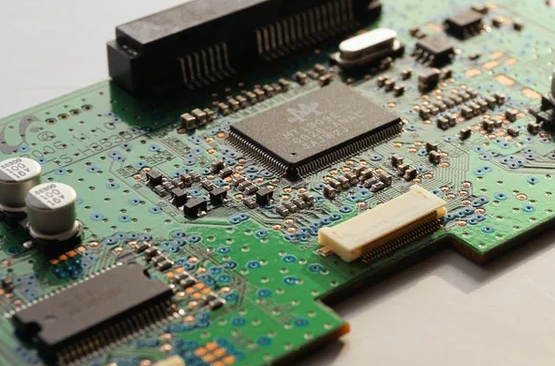
Future Trends in PCB Soldering
- Low-Temperature Lead-Free Alloys
- Research into alloys that combine RoHS compliance with lower melting points
- Conductive Adhesives
- Potential alternative to traditional soldering for some applications
- Laser Soldering
- Increasing precision for microelectronics
- Environmentally Friendly Fluxes
- Continued development of safer, more sustainable formulations
Conclusion
Selecting the best solder for your PCB work involves careful consideration of your specific requirements, including regulatory compliance, application type, component sensitivity, and personal preference. While traditional tin-lead solders remain popular for hobbyists and rework due to their excellent workability, lead-free alternatives have become the standard for commercial products and continue to improve in performance.
For most general PCB work, a no-clean flux core solder in the 0.020″-0.031″ diameter range provides a good balance of convenience and performance. SAC305 alloys offer the best combination of characteristics for lead-free applications, while 63/37 tin-lead remains the easiest to work with for non-RoHS applications.
Remember that the best solder is only part of the equation – proper technique, adequate tools, and good working conditions are equally important for creating reliable, high-quality solder joints. By understanding the properties and applications of different solder types, you can make informed choices that improve your PCB assembly quality and efficiency.
Regardless of your solder choice, always prioritize safety by working in well-ventilated areas and following proper handling procedures. With the right materials and techniques, you can achieve professional-quality soldering results in all your PCB projects.

